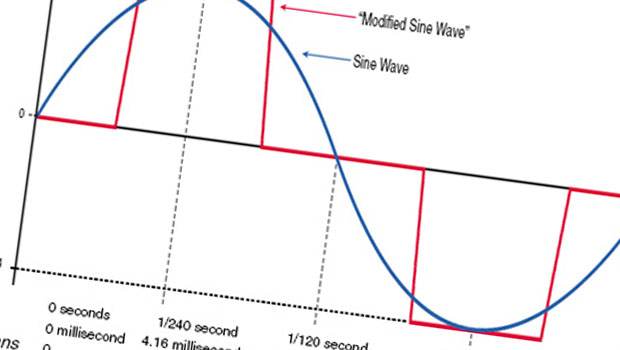Boost and Modify Square Waves: More Circuits
In Boost and modify square waves, we covered several methods for conditioning square waves for use with digital signals. In this final installment, we look at 555 timers, voltage regulators, op amps, audio power amps, peripheral drivers, and interfaces for circuit protection. We close with a discussion of how to make trapezoidal-like and triangle-like waves from square waves.
555 timers
The bipolar and CMOS 555 timers work well as low-power drivers for use with positive, negative, or bipolar power supplies, both with or without output transistors. The main issue here is that the controlling input of xx555 isn’t TTL/CMOS compatible. Although the bipolar xx555 and the CMOS xx555 are more-or-less functionally and exactly pin-to-pin compatible, there are some differences in their AC and DC characteristics. You should take them into account.
The 555 timers can work as some kind of RS flip-flop. The TRG pin can be used as SET pin if it’s level goes below 1/3 VCC or below
½CV. The THR pin can be used as RESET pin if it goes above 2/3 VCC or above CV. The /Reset pin can be used to reset the internal flip-flop.
Generally speaking, the TRG, THR, and CV pins aren’t TTL/CMOS compatible. With an appropriate power supply and level on the CV pin, however, they can be driven from TTL/CMOS signals. In that mode, the 555 can be used as an inverting or noninverting buffer.
Full article by Petre Petrov, EDN Network




























































































































































